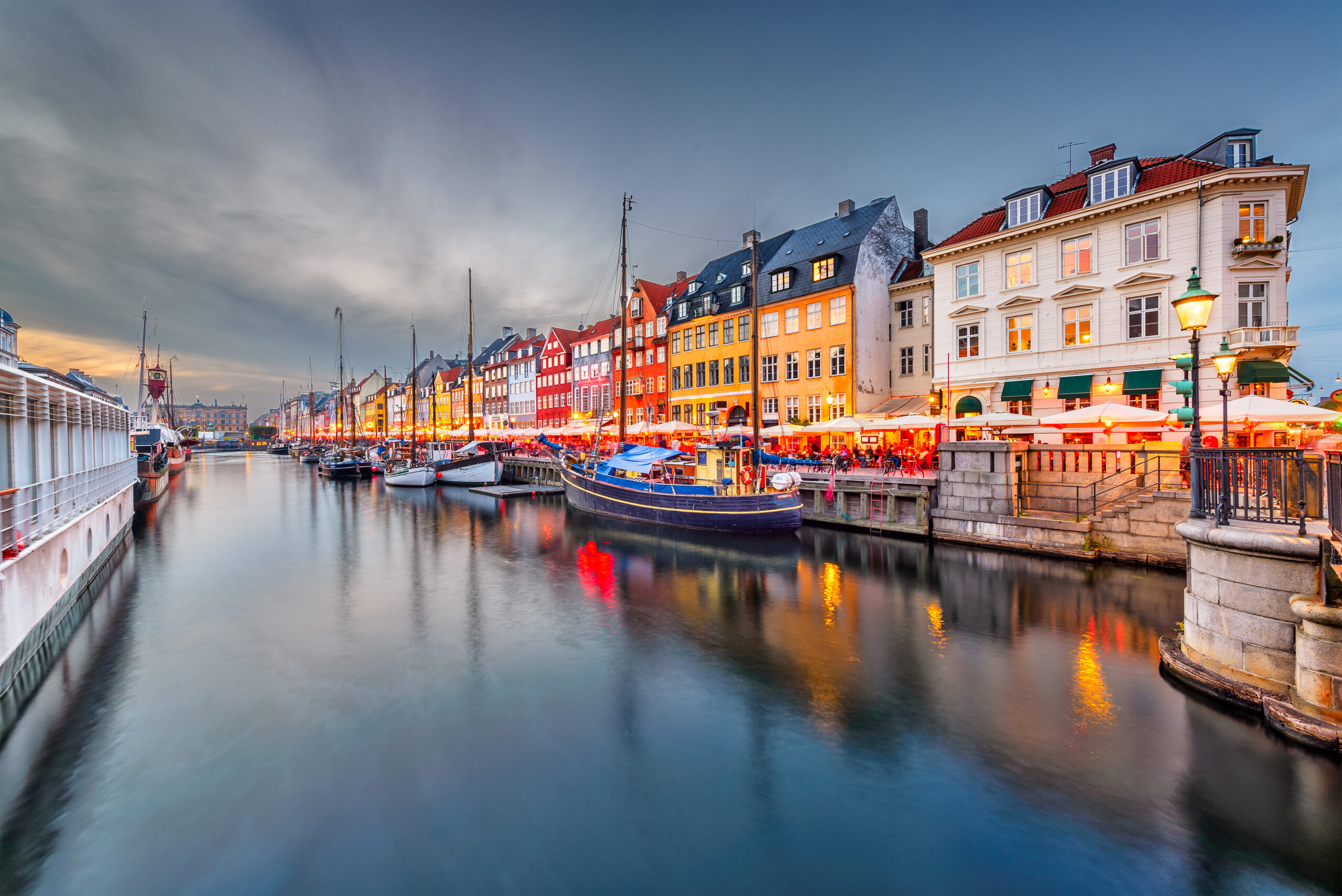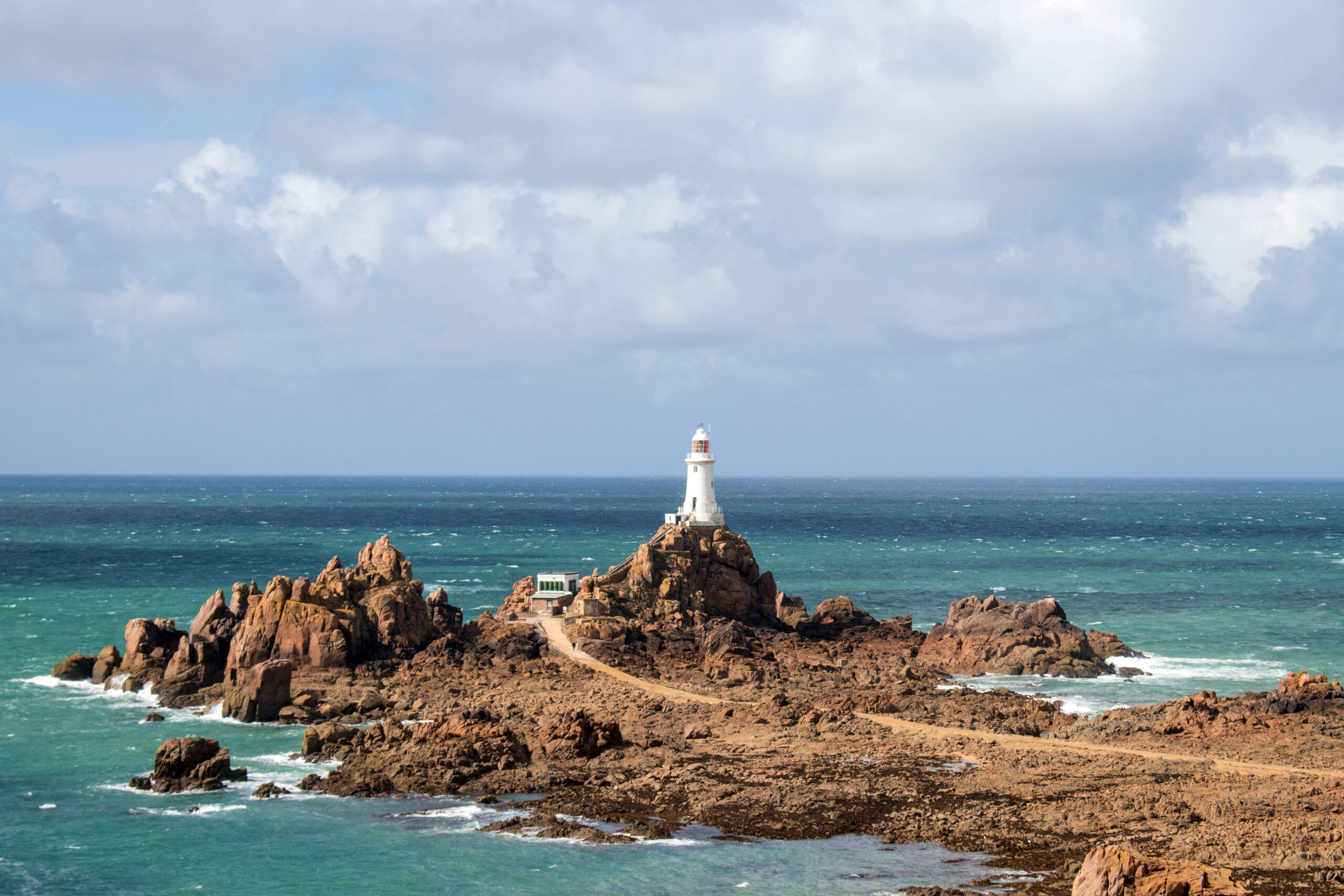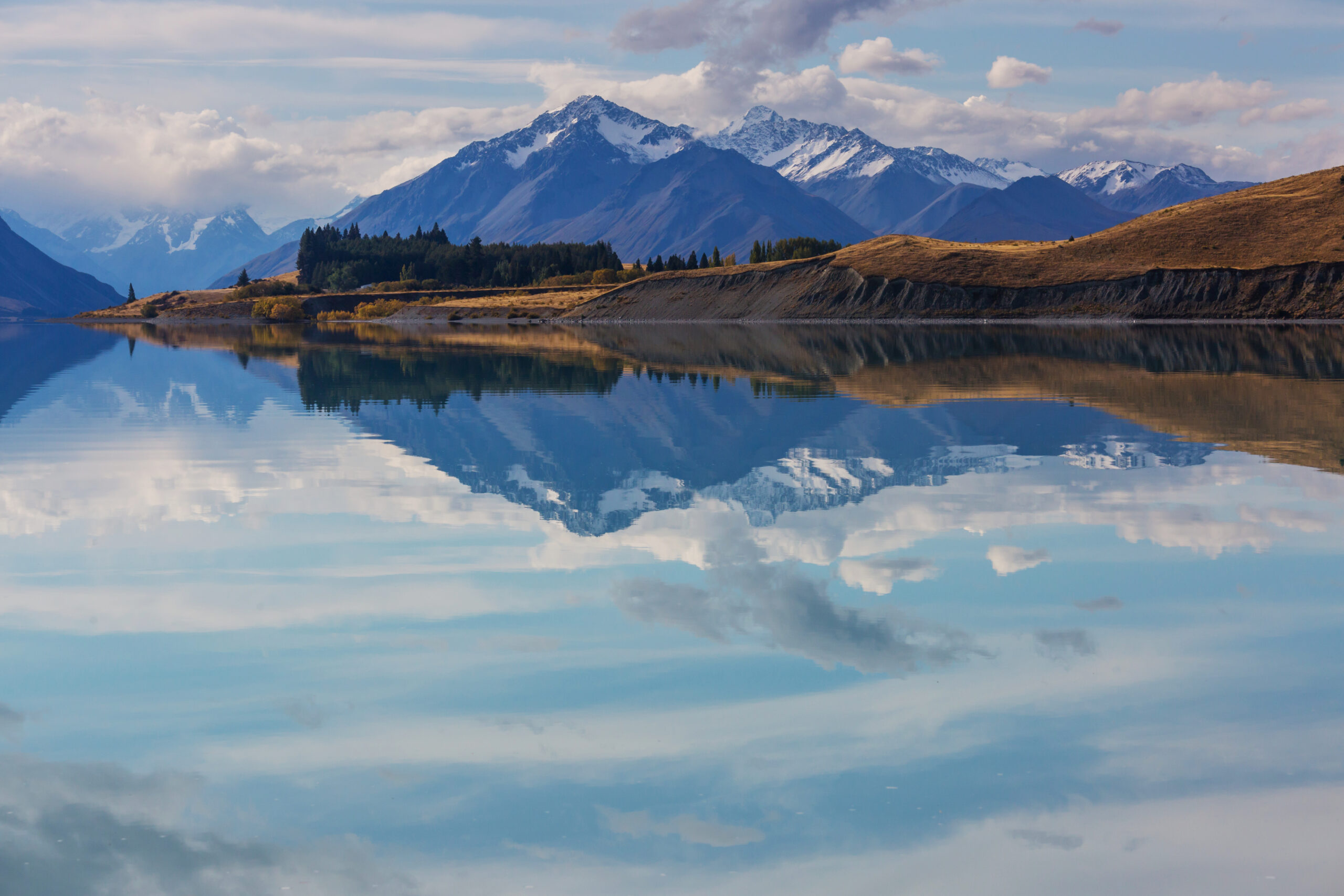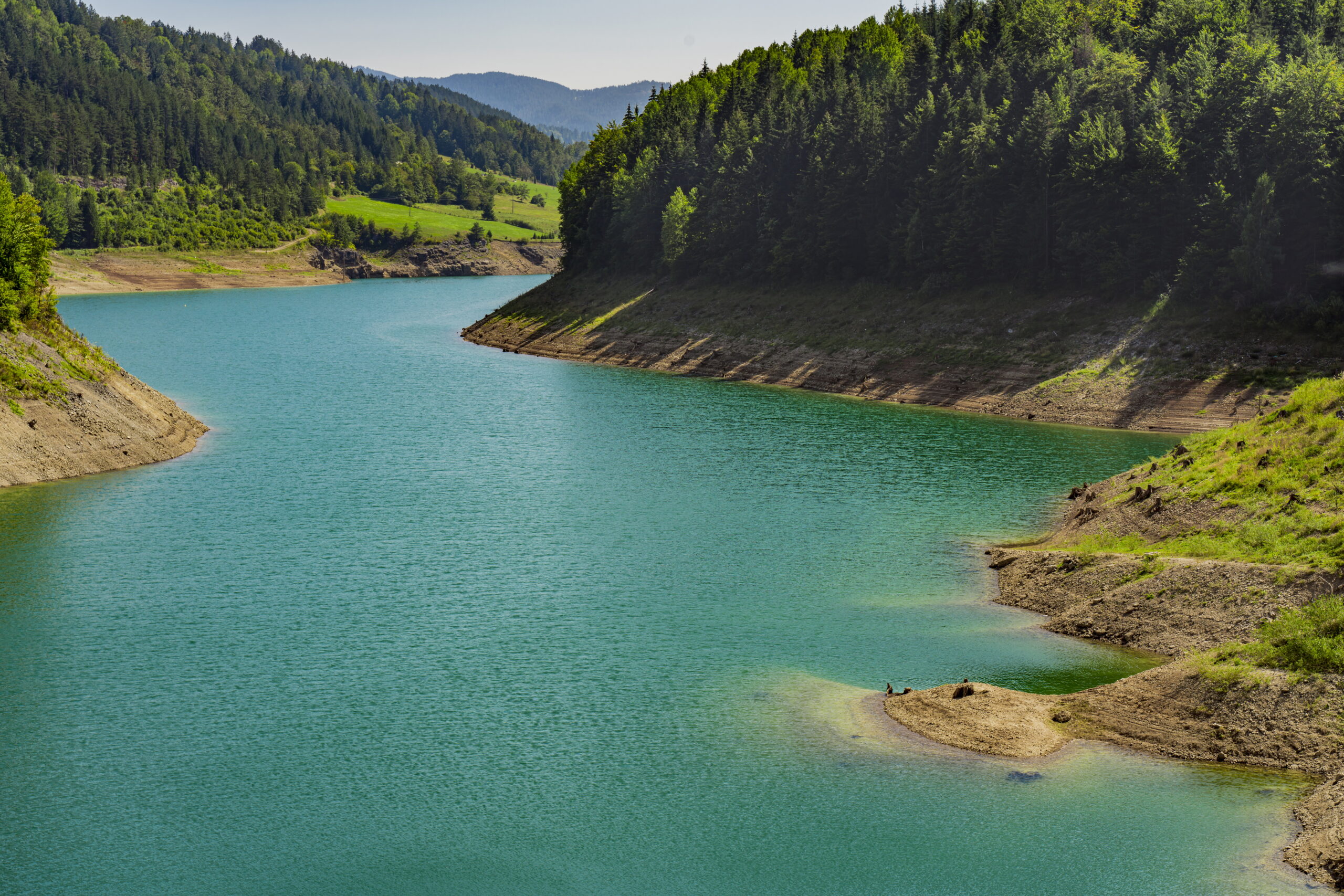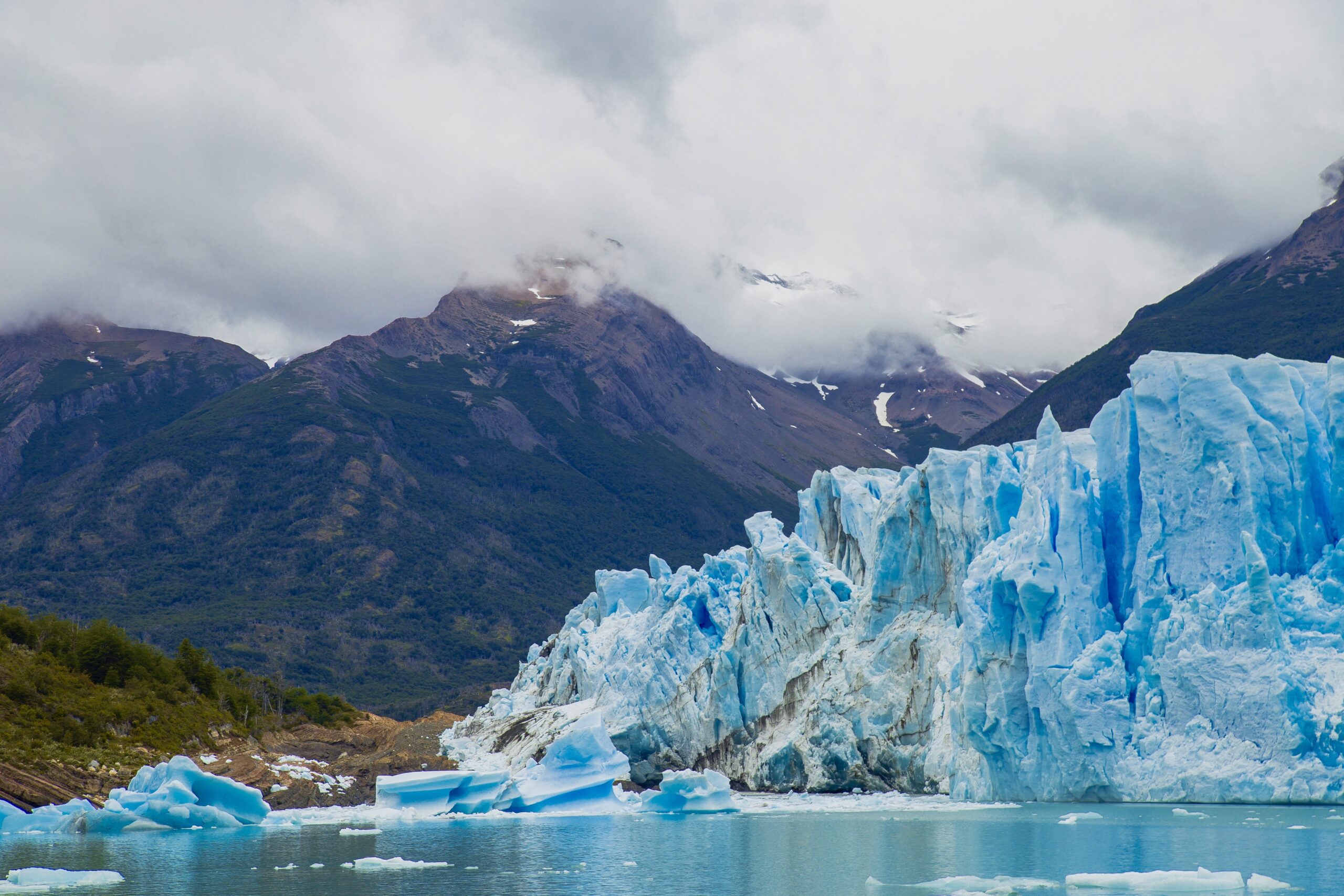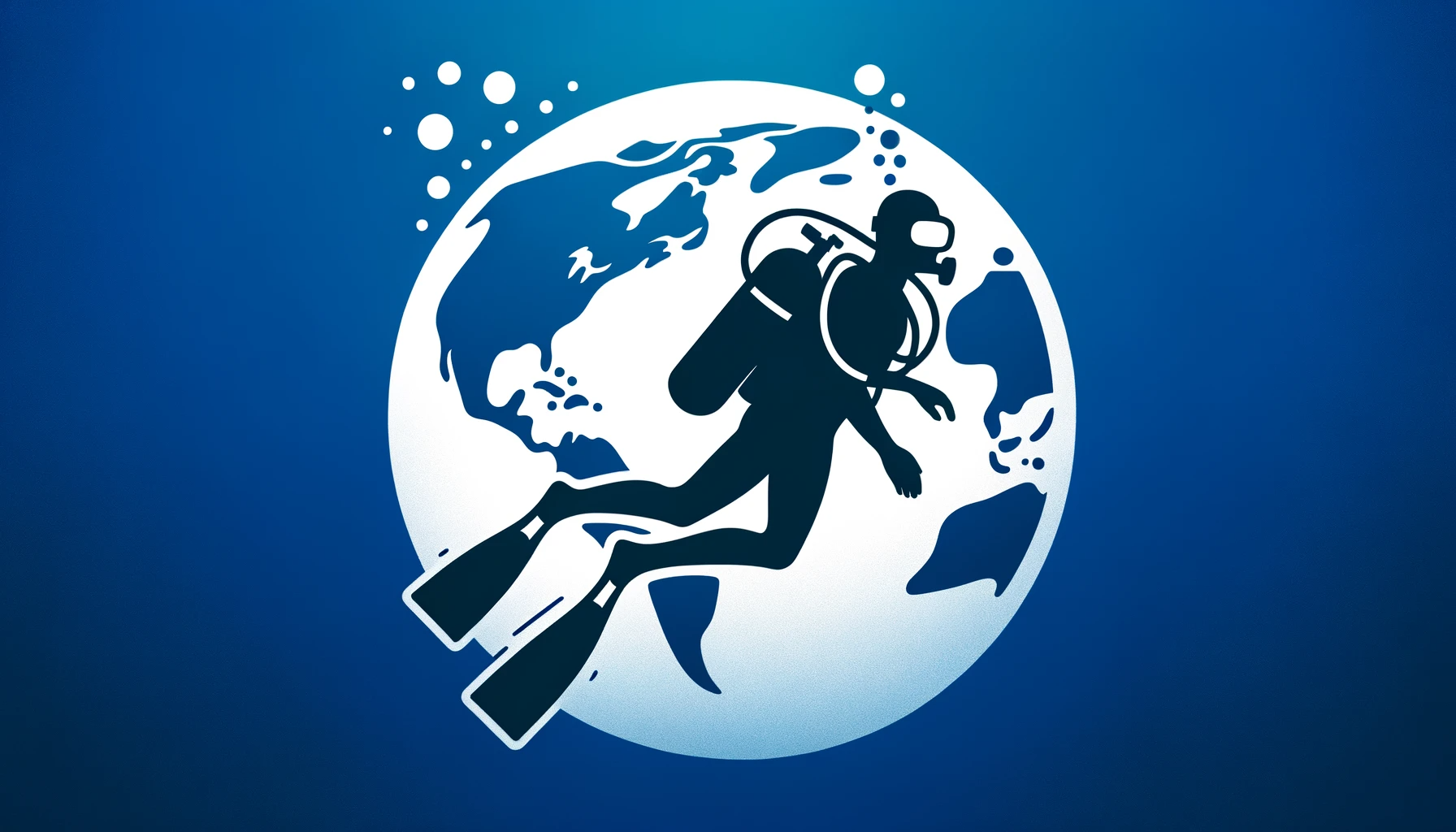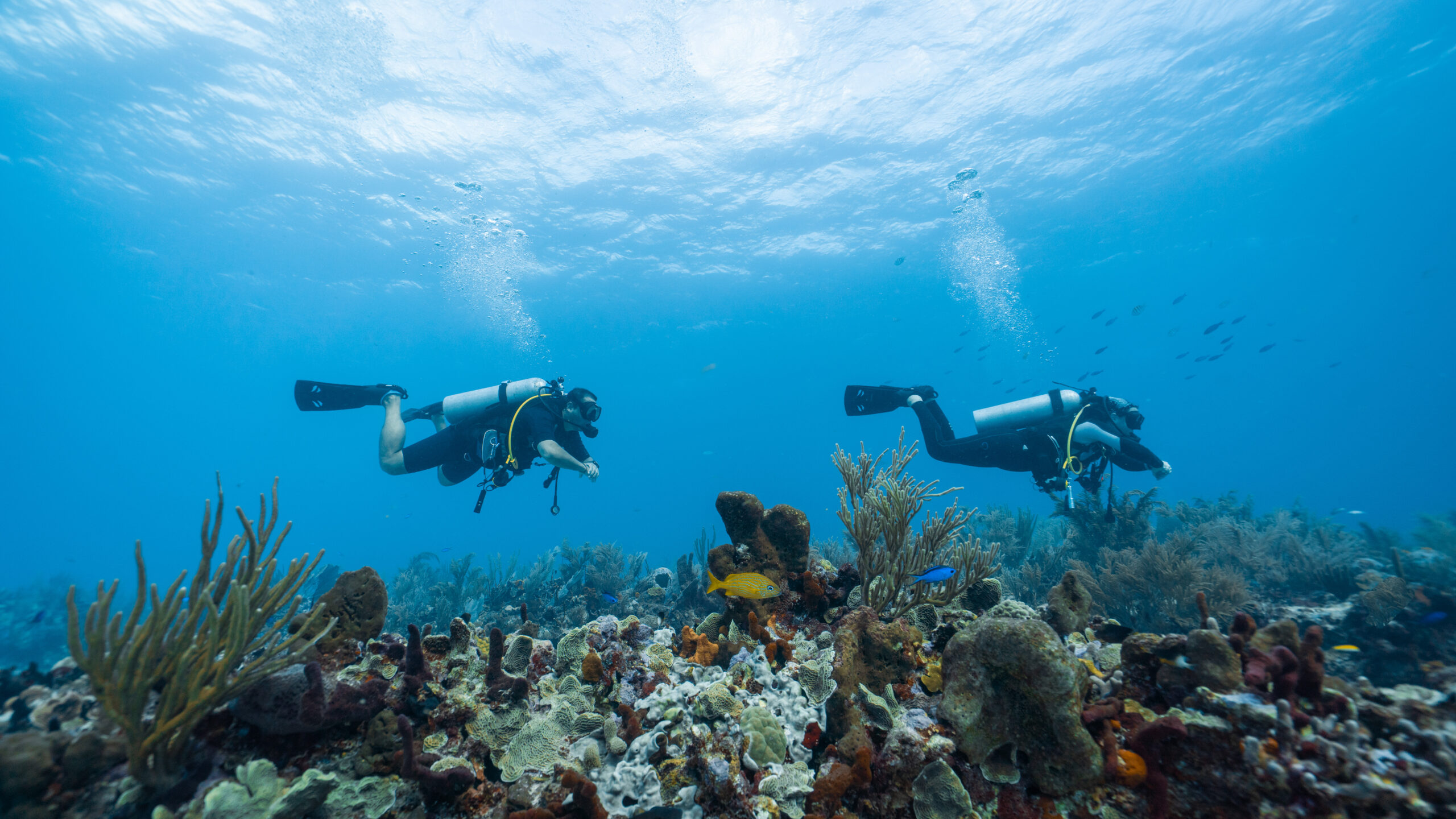SCUBA DIVERS’ TRAVEL GUIDE TO Denmark
Denmark is a fantastic destination for scuba diving, with its pristine and transparent waters providing a diverse array of underwater adventures for both seasoned scuba divers and snorkelers. The country boasts a wide variety of dive sites, from wall dives to shipwrecks, catering to divers of all skill levels. With an estimated 20,000 certified scuba divers and numerous dive centers along its coast, Denmark is well-equipped to cater to the needs of underwater explorers. Whether you’re seeking your next thrilling adventure or simply a fun vacation activity, Denmark has something for everyone. So grab your gear and dive in to discover the underwater wonders of this beautiful country.
LOCATION AND GEOGRAPHY
Denmark, a Scandinavian nation comprising the Jutland Peninsula and an archipelago of over 400 islands, is not traditionally renowned for its scuba diving due to its relatively cold waters. However, it offers a unique underwater experience for those willing to explore its aquatic offerings. The country is bordered by the North Sea to the west and the Baltic Sea to the east, providing a range of diving environments. The geography of Denmark’s underwater terrain is as varied as its terrestrial landscapes, featuring everything from gentle, sandy seabeds to rocky kelp forests and intriguing wrecks. The island of Bornholm, in particular, is a gem for divers in the Baltic Sea, with excellent visibility and an abundance of marine life. The waters around Denmark are also known for historical shipwrecks, some dating back to the Viking Age and World War II, offering an extraordinary dive into the past for wreck enthusiasts and history buffs alike. With its accessible shore dives and the allure of its cold-water reefs, Denmark presents an off-the-beaten-path diving locale for those seeking a different kind of underwater adventure.
VISA AND ENTRY REQUIREMENTS
Before planning your underwater adventure in Denmark’s temperate waters, it is essential to understand the visa and entry requirements. As a member of the European Union and the Schengen Agreement, Denmark allows travelers from other Schengen countries to enter without a visa for short stays of up to 90 days. For non-Schengen area residents, the need for a visa depends on your nationality. Citizens from countries like the USA, Canada, Australia, and Japan do not require a visa for short stays either. However, if you’re from a country that does not have a visa exemption agreement with Denmark, you will need to apply for a Schengen visa. This visa permits travel within the Schengen area for up to 90 days within a 180-day period. Ensure your passport is valid for at least three months beyond your planned departure date from the Schengen area. Always check the latest information from the Danish embassy or consulate in your country, as visa policies can change and may have been updated since the publication of this guide.
GETTING TO Denmark
Getting to Denmark for a scuba diving adventure is a straightforward endeavor, thanks to the country’s well-connected transportation infrastructure. Denmark is served by several international airports, with Copenhagen Airport being the largest and most accessible for international travelers. Major airlines offer direct flights from numerous cities across the globe, ensuring a smooth journey to this Scandinavian nation. Once you land, the country’s efficient public transportation system, which includes trains, buses, and ferries, can easily whisk you away to Denmark’s picturesque dive sites. For those who prefer to drive, renting a car is a viable option, providing the freedom to explore the diverse underwater landscapes at your own pace. Whether you’re aiming to explore the wrecks in Øresund, the vibrant marine life in the North Sea, or the freshwater springs on the island of Zealand, getting to Denmark is the first step in your underwater Nordic adventure.
BEST TIME TO DIVE
The best time to scuba dive in Denmark is during the summer months, from June to August, when the water temperatures are more comfortable, ranging from 15°C to 17°C (59°F to 63°F), and the daylight hours are extended, offering ample time for underwater exploration. Visibility can vary but is generally better during this period, ranging from 3 to 8 meters, depending on the location and weather conditions. While diving is possible year-round, the winter months can be quite challenging due to colder water temperatures, dropping as low as 2°C (35°F), and reduced visibility. Additionally, the summer season brings a higher chance of encountering a diverse array of marine life, including flatfish, cod, and various crustaceans, making it an ideal time for both novice and experienced divers to explore Denmark’s underwater landscapes, such as the popular wreck dives in the North Sea and the vibrant reefs of the Baltic Sea.
ACCOMMODATION OPTIONS
Accommodation options for scuba divers in Denmark cater to a range of preferences, ensuring a comfortable stay after exploring the underwater marvels of this Scandinavian gem. From the charming coastal towns of Jutland to the picturesque islands of Zealand and Funen, divers can find a variety of lodgings, including cozy bed and breakfasts, boutique hotels, and holiday cottages that offer a more private and homely experience. For those seeking convenience, dive resorts and centers often provide on-site accommodations, simplifying the transition from land to sea. In the capital city of Copenhagen, a selection of modern hostels and luxury hotels are available, perfect for urban explorers who also wish to dive into the nearby Øresund Strait. Regardless of where you choose to stay, Denmark’s efficient public transportation and dive-friendly services make it easy to access the country’s prime diving spots, ensuring your underwater adventures are as seamless as your nights’ rest.
DIVE OPERATORS AND DIVE SHOPS
In the cool, temperate waters of Denmark, a surprising array of dive experiences awaits, and the local dive operators and shops are the gatekeepers to these underwater treasures. From the historical wreck dives in the Baltic Sea to the vibrant marine life in the North Sea, Danish dive shops are well-equipped to cater to divers of all levels, offering gear rentals, air fills, and knowledgeable guides. Many operators specialize in cold-water diving, providing dry suits and the necessary training to comfortably explore beneath the waves. Dive shops in Denmark are typically found in coastal towns, with some concentrated around popular diving spots like the island of Bornholm and the straits of Øresund and Little Belt. They often offer boat dives to more remote sites and are adept at navigating the local conditions to ensure a safe and memorable experience. Whether you’re looking to penetrate the ghostly wrecks or glide over the lush kelp forests, the dive operators in Denmark are your trusted companions for an unforgettable subaquatic adventure.
TRANSPORTATION WITHIN Denmark
Transportation within Denmark is efficient and convenient, making it easy for scuba divers to navigate to the country’s dive sites. Denmark’s compact size allows for quick travel between destinations, with a well-connected network of trains, buses, and ferries integrating seamlessly to cover both mainland and the many islands. For those looking to explore the underwater wonders around the Danish coastline, renting a car can provide the most flexibility, especially for reaching remote dive spots or carrying equipment. Cyclists will appreciate Denmark’s extensive bike lanes and flat terrain, offering a scenic and eco-friendly option for shorter distances. In cities like Copenhagen, the metro system is a swift way to move around, and water taxis can be a novel way to access urban dive locations. Regardless of the mode of transport, divers will find that the country’s infrastructure supports an easy transition from bustling city centers to serene marine environments.
CURRENCY AND PAYMENT METHODS
When planning a scuba diving trip to Denmark, it’s important to note that the Danish Krone (DKK) is the official currency, and it is advisable to have some local currency on hand for small purchases, such as snacks or souvenirs at dive sites. Credit cards, particularly Visa and MasterCard, are widely accepted at dive shops, hotels, and restaurants, especially in tourist areas and larger cities. However, it’s prudent to carry some cash for transactions in remote areas or with smaller vendors who may not accept cards. ATMs are readily available in urban centers, but less so in off-the-beaten-path dive locations. Always inform your bank of your travel plans to avoid any potential issues with card usage abroad. Additionally, mobile payment services like MobilePay are becoming increasingly popular and can be a convenient option for cashless transactions within the country.
LANGUAGE AND COMMUNICATION
When diving in Denmark, communication underwater follows the universal hand signals that are recognized by divers around the globe, ensuring that even if you’re diving with locals or international visitors, everyone can understand each other beneath the waves. On the surface, the primary language spoken is Danish, but the Danes are known for their proficiency in English, especially within the diving community, making it easy for English-speaking travelers to converse and arrange dives. Dive operators and instructors typically offer services in both Danish and English, and often in additional languages such as German due to Denmark’s proximity to other European countries. It’s always appreciated, however, if divers learn a few basic phrases in Danish to greet and thank their hosts, fostering a friendly rapport and showing respect for the local culture. In dive briefings, safety instructions, and discussions about dive sites, expect clear communication, with many dive centers providing materials in multiple languages to ensure all divers are well-informed and comfortable with the dive plan.
LOCAL CULTURE AND ATTRACTIONS
Denmark, while not traditionally renowned for its scuba diving, offers a unique underwater experience that is deeply intertwined with its rich maritime history and vibrant coastal culture. Above the surface, visitors are enchanted by the quaint cobblestone streets, colorful houses, and the warm hospitality of the Danish people. The country’s past is celebrated in numerous museums, ancient Viking burial sites, and centuries-old castles that dot the landscape. After a day of diving in the surprisingly clear waters of the North Sea or the Baltic, where wrecks and artificial reefs teem with marine life, divers can indulge in the local cuisine, sampling fresh seafood, traditional smørrebrød (open-faced sandwiches), and the famous Danish pastries. The festive atmosphere of local markets and festivals, along with the serene beauty of the Danish countryside, complete the experience. Whether exploring the vibrant nightlife of Copenhagen or the tranquil villages that line the rugged coastlines, Denmark’s local culture and attractions offer a delightful complement to the underwater adventures that await.
CULTURAL ETIQUETTE AND TIPS
When scuba diving in Denmark, it’s important to embrace the Danish concept of ‘hygge’ – a sense of coziness and comfortable conviviality with feelings of wellness and contentment – which extends to the diving community. Danes value personal space and environmental conservation, so be mindful of your surroundings and respectful of marine life and habitats. It’s customary to greet your dive boat crew and fellow divers with a friendly ‘hej’ (hello) and a handshake, and always show punctuality, as timeliness is a sign of respect in Danish culture. Dive briefings are taken seriously, and it’s expected that divers listen attentively and follow the rules outlined. After your dive, it’s common to share experiences and stories, often over a warm drink, reflecting the social and inclusive aspect of Danish culture. Remember to thank your guides and crew with a ‘tak’ (thank you), and if you’re invited to join a meal, it is polite to accept and partake in the communal spirit. As Denmark is known for its strong maritime heritage, showing interest in local diving history and shipwrecks can be a good conversation starter and a way to connect with Danish divers.
LOCAL LAWS AND REGULATIONS RELEVANT TO TOURISTS
When planning a scuba diving trip to Denmark, it is essential to acquaint yourself with the local laws and regulations to ensure a safe and lawful experience. Denmark requires that all divers must have a recognized certification, such as PADI or SSI, and carry proof of this certification during their dives. Diving without a buddy is strictly prohibited, and divers must always use a dive flag to signal their presence to boats and other watercraft. It is also important to respect the protected marine areas, where diving may be restricted or require special permits. These areas are in place to conserve the delicate marine ecosystems and historical underwater sites. Additionally, the use of dive lights and cameras may be regulated in certain areas to protect marine life. It is advisable to check with local dive shops or authorities for the most current information on marine protected areas and any temporary restrictions that may be in place. Lastly, while Denmark does not have a specific law regarding dive insurance, it is highly recommended that divers have adequate insurance coverage for both health and dive-related incidents.
SAFETY TIPS AND EMERGENCY CONTACTS
When diving in Denmark’s temperate waters, safety is paramount. Always ensure that you are well-acquainted with local diving conditions, including currents, visibility, and water temperature, which can be quite cold and necessitate appropriate thermal protection. It is essential to dive within your certification limits and to have a dive buddy. Due to Denmark’s varied dive environments, from the North Sea to the Baltic, and its numerous wrecks, it’s crucial to be prepared for overhead environments and to carry a reliable dive light. Before your dive, verify that your equipment is in good working order and that you have a surface marker buoy (SMB) and a whistle for surface communication. In case of an emergency, you should be aware of the nearest recompression chamber, which can be found in Copenhagen at the Divers Alert Network (DAN) Europe (+39 085 893 0333). For immediate assistance, call the national emergency number 112 to reach ambulance services. Always have the contact information for your dive operator and local coastguard readily available, and consider enrolling in a dive insurance plan that covers hyperbaric treatment. Remember, the key to a safe and enjoyable dive trip in Denmark is thorough preparation and a cautious approach to the unique challenges of its underwater environments.
HEALTH AND TRAVEL INSURANCE
When planning a scuba diving trip to Denmark, it’s crucial to consider your health and travel insurance coverage. Denmark’s pristine dive sites, such as the waters around Bornholm Island or the wrecks in the Kattegat strait, offer unforgettable underwater experiences, but they also come with inherent risks associated with diving. Ensure that your travel insurance policy includes comprehensive medical coverage that extends to scuba diving activities, as treatment for diving-related injuries can be costly. Verify that it covers hyperbaric chamber treatment, which may be necessary in the event of decompression sickness. Additionally, since Denmark has a well-developed healthcare system, check if your policy provides for medical evacuation to your home country if needed. It’s also wise to carry your insurance documents and emergency contact information with you at all times. Remember, while Denmark is part of the European Union, the European Health Insurance Card (EHIC) may not cover all health costs related to scuba diving incidents, so a separate dive insurance is highly recommended for peace of mind beneath the waves.

